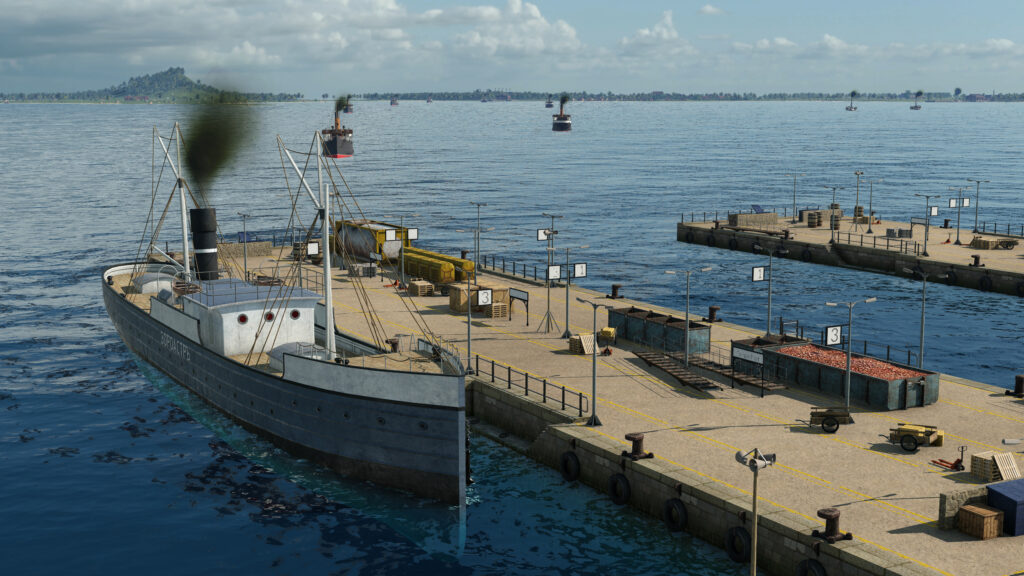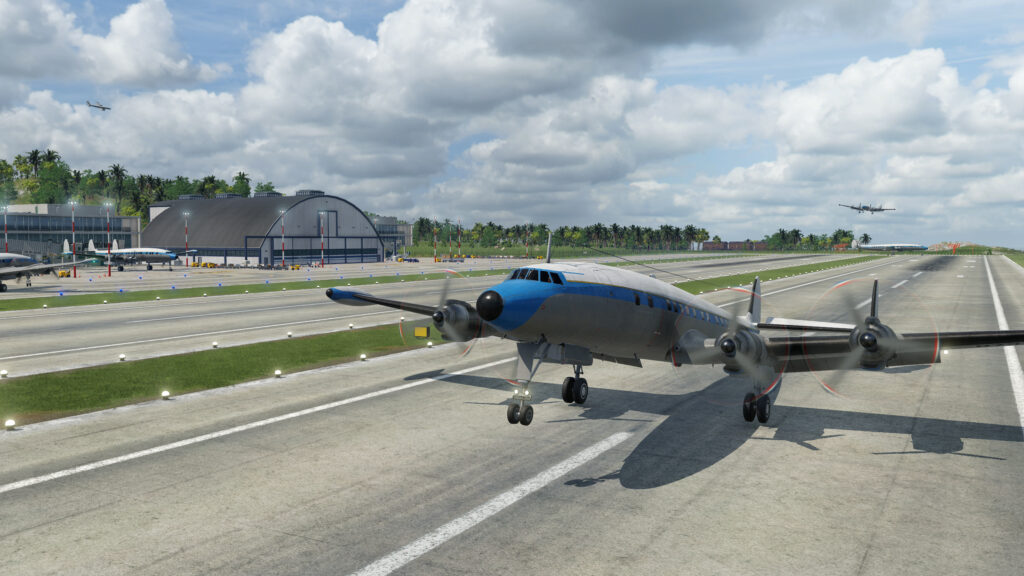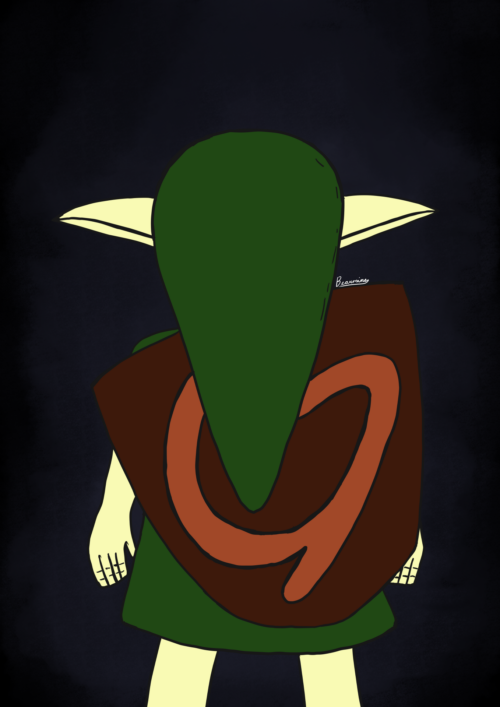
Transport Fever 2: The Supply Chain Simulator
Have you ever wanted to run a logistics network? Do you want to spend hours laying down transport routes and tweaking planes, trains, and automobiles (and boats) to optimize the profits of a transportation empire? Do you like looking are graphs and sheets of profits/losses that list millions of dollars changing hands? If you answered yes to these questions, then Transport Fever 2 is the game for you.

Transport Fever 2 is a modern OpenTTD with a modern 3D engine. The gameplay is almost copy-pasted from OpenTTD (with a few balance changes, especially with planes), and if you’ve played OpenTTD there aren’t many surprises here. However, it’s a formula that works well, and Transport Fever 2 presents it in a modern polished package. The move to 3D only enhances the gameplay, making it easier to lay down infrastructure. It also opens up full 3D camera controls to help you take glamour shots of your logistics empire.
If you’ve played and loved OpenTTD, but wish it had 3D modern graphics, then Transport Fever 2 is exactly what you’re looking for. If you haven’t, let me introduce you to the world of transportation tycoon games.

Transport Fever 2 is best described as a supply chain simulator, colloquially know at a transportation tycoon game. The core gameplay loop revolves around building vast transportation empires, connecting various businesses together to supply each with the resources they need. All the typical transportation options are here. Trains are your bread and butter, the backbone of your network so to speak. Trucks help you move goods shorter distances within a city and it’s surrounding area. Boats connect your network over bodies of water. Planes connect distance cities together, their economics only truly working over longer flights.

The only control you have is the transport. Your connections decide which businesses and cities thrive or die. The core gameplay consists of building out routes between existing factories and cities, optimizing those routes, gaining money from those exploits, and repeating that process.
Some of these routes easily make money, other live on a knifes edge. It’s possible to spend a lot of your time trying to squeeze every last dollar out of each route. And when you’re hurting for money, or in the red, you’ll be forced to. Luckily, between loans and train customization that lets you make negative transactions (getting money back for modifying your vehicles to cheaper versions), it’s usually possible to dig your way out of debt if you catch it early enough.

The game gives you some good tools to let you assess your empire. There’s a multitude of charts available to you, from an empire overview all the way down to information of individual routes and vehicles. If you dig around in the charts and numbers enough, there’s always enough information to determine what the problem is.
As for modes of play, there’s both missions and free play available. Free play gives you a sandbox to let you go wild. The only goals is don’t go bankrupt (though the game lets you go pretty deep into the red, you just can’t buy anything in that state). Beyond that, the world is your oyster. This can be a blessing or a curse depending on how goal oriented you are.

For the campaign, there’s 18 missions laid out into three chapters. It’s setup as a “transportation across history” starting with trains in the 1800s. It continues all the way through modern times into the early 2020s. Each mission can take anywhere from 30 minutes to a couple hours to complete. Sometimes missions focus on industry and sometimes they focus on passenger transport. Either way, they’re all goal oriented with main objectives and three optional side objective in each one. At times the goals make no sense (sometimes for historical reasons, sometimes from poor design), but it’s mostly really well put together.
If managing a network of vehicles sounds at all fun, I’d recommend this game in a heartbeat. If you’re on the fence, go give OpenTTD a try (it’s free) and if you want a modern 3d version of that, pick up Transport Fever 2.




